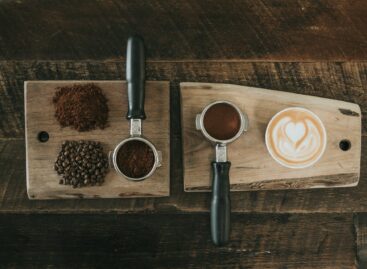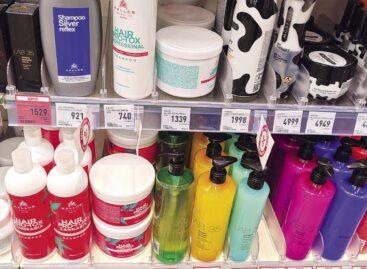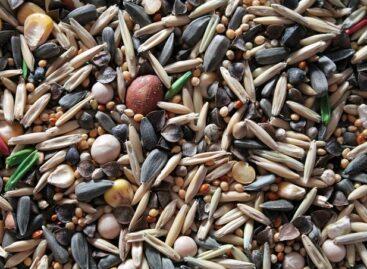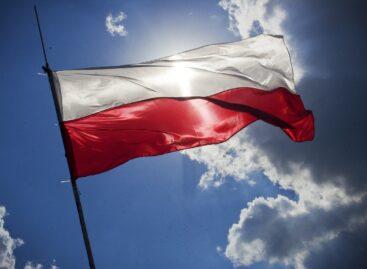Right now it is hard to tell the future from coffee grounds
If we take a look at the last 12-month period measured – between June 2023 and May 2024 – two market researchers (using different methodologies) have found a minimal decline in coffee volume sale.
This article is available for reading in Trade magazin 2024/8-9
This was accompanied by a single-digit rise in value sales, largely due to inflation.
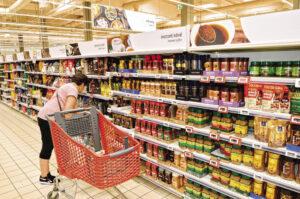
Coffee prices are still rising on the world market
Premium is holding up

Zoltán Kedves
coffee and premium
spirits business director
Coca-Cola HBC
“In the January to June period sales of capsule, ground and whole beans coffee were 0.6% higher in volume and 1.3% bigger in value than in the same period of 2023. We expect the higher priced capsule and whole bean segments to continue the sales growth in the coming period”,
says Zoltán Kedves, coffee and premium spirits business director of Coca-Cola HBC Magyarország.

Nóra Nagy
Lavazza category
manager
Orbico
Nóra Nagy, Lavazza category manager of Orbico Hungary Kft.:
“Lavazza produced a double-digit sales growth in both value and volume in the first four months of 2024. What we see is that the premium coffee segment has been less affected by the decline in purchasing power”.
Storm clouds in the world market

Oszkár Laknerfi
general manager
Mokate International
Hungary
Oszkár Laknerfi, general manager of Mokate International Hungary Kft. reports that coffee prices are still rising in the world market, with robusta sometimes being more expensive than the much higher quality arabica.
“At the beginning consumers reacted to the price hike by donwtiering, but after a while the steady rise in prices led to a visible drop in consumption. In the last 6 months the price of coffee has augmented by over 70%”,
he adds.

Noémi Szuna
head of marketing
Cafe Frei
The Cafe Frei brand is present in both retail and HoReCa – in the latter channel they run over 70 domestic and several foreign units – and their pricing in both sectors is influenced by the cost of sourcing and green coffee production.
“Market forecasts indicate that the price of coffee is rising with small and large fluctuations, but it will continue to increase and become more expensive in the long term”,
explains Noémi Szuna, head of marketing at Cafe Frei Kft.
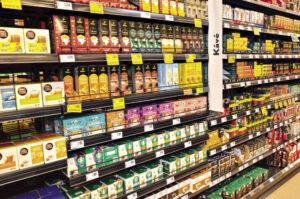
New product launches, price increases or price promotions require very careful planning
Setback? More like a transformation
Owing to the growing prices in the coffee market, the overall premiumisation of the coffee market seems to be stalling, according to Coca-Cola. The company’s view is that a transformation of coffee consumption is taking place instead of a decline in coffee drinking. The market for capsule coffee, which has been a driving force for the last 3-4 years, has started to grow again after a temporary lull, but more and more consumers are buying whole bean coffee because they get a better price per portion. Orbico Hungary Kft.’s observation is that consumers (especially in the ground coffee segment) are more price-sensitive and watching out for special offers. In the case of capsules the company sees a shift towards larger packs. One of this year’s novelties is that the already popular Rossa and Crema e Gusto products become available in capsules compatible with Nespresso machines. In response to the trend towards larger format, they are offering 30 capsules in a pack.
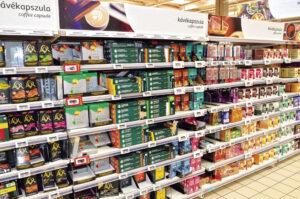
A növekedés motorjai az elkövetkező időszakban is a magasabb árkategóriájú kapszulás, valamint szemes kávé szegmensek lesznek
Sustainability and growing region based selection
For years the capsule coffee segment has been one of the most promising and evolving categories in the category, so it is no wonder that a large part of the innovation work is focused here.

Edit Szalai
brand manager
Nestlé Hungária
“We have experienced the success of new, special products when we launched Starbucks® by Nespresso® flavoured capsules last year. This year we came out with a whole range of products in the Nespresso-compatible capsule market, under the NESCAFÉ® Farmers Originals brand name”,
informs Edit Szalai, brand manager of Nestlé Hungária.
The aluminium capsules are made from 80% recycled materials and can be recycled almost infinitely. All capsules contain growing region selected ground and roasted coffee, from Africa, India, Brazil and Colombia.
Refreshing the image in the spirit of inspiration
Coca-Cola HBC Magyarország is present in the premium segment, which accounts for 9% of the total retail coffee market, and has now become one of the top 3 players in the HoReCa channel with its two brands, Costa Coffee and Caffè Vergnano. Costa Coffee is updating its image and identity this year. The company sees a new consumer base emerging among coffee enthusiasts: ritual artists, who – according to Costa Coffee’s market research – make up a potential consumer base of 50 million across Europe, and whose everyday lives are permeated by a desire to create, and for whom inspiration is important in all fields of life. With the traditional Italian premium coffee brand Caffè Vergnano they are focusing on restaurants and e-commerce.
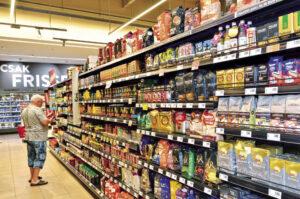
While there is indeed a noticeable shift to private label products, manufacturer brands have remained popular, as brand loyalty, sticking to the familiar and seeking quality are still important
Expanding flavour palette
In the second half of the year Mokate is coming out with some very exciting new products. They will appear on store shelves with double-serve cappuccino products in exotic flavours such as Piña Colada or orange chocolate. The company is also preparing for the winter season with Warming Mixes – they will have a new flavour here too, cardamom vanilla. Even if building a brand is the most important process in the long term in the life of any company, right now Mokate feels it is more important to increase their frequency of promotions.
More than just coffee
Cafe Frei is basically a premium brand in the retail segment (as well), but their primary goal in this sector isn’t to build a super-premium brand, but to offer flavoured coffees for all types of preparation, from instant through whole bean coffee to ground and capsule products. Innovation is the secret behind the brand and the company’s operations. Café Frei’s product development team is constantly working on not only the coffee range, but also other food products. They launched a praline Christmas candy in the second half of last year, while this year they are debuting with the Sparkling Coffee soft drink. Communication is a strength of the brand and their message is: Café Frei doesn’t sell coffee, it sells the experience of drinking coffee with a taste adventure. //
Private label coffees make a conquest
According to the NIQ retail index, the coffee market generated nearly HUF 115bn sales between June 2023 and May 2024, up 6% year-on-year.
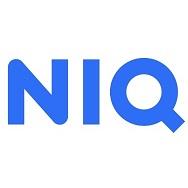

Guest writer:
Zsófia Égi
jr. analytic insights
associate
NIQ
As for volume sales, almost 22,000 tonnes were sold, which was a 3% decrease compared to the previous period. The market continues to be dominated by branded products: sales were up 5% in value, but they dropped 5% in volume, with branded coffees accounting for 80% of sales.
Private label coffee sales increased by double digits in value and grew by 5% in volume.
Ground coffee had 29% of the market, sales were up 5% in value and down 2% in volume.
Capsules came second with 23% of the market and instant coffee specialities are third in the ranking, with a value share of 20%. 101-250g products were responsible for 40% of sales. //
Instead of cheaper products, the coffee market is moving towards segments where the price rise is slower
According to the CPS household panel, the domestic coffee market grew by 9%, while volumes declined marginally between June 2023 and May 2024.
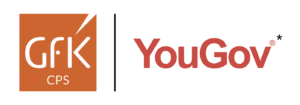

Guest writer:
Emese Ikvai-Szabó
product specialist
CPS GfK–YouGov
The average price increase varied across the different coffee segments and this had a different effect on consumer indicators. Households bought less of the coffee types whose prices increased the most: ground and roasted, Xin1 and traditional instant coffee volume sales decreased by 5-7%, while the prices of these products increased by 8-18%. Although their average prices are relatively high, whole bean and capsule products managed to grow in volume (by 12% and 4%, respectively), with much lower average price increases of 4% and 3% if compared to the other segments. //
Related news
The era of cheap coffee may be over
🎧 Hallgasd a cikket: Lejátszás Szünet Folytatás Leállítás Nyelv: Auto…
Read more >Coffee and hot dogs at their peak: MOL closes a record year
🎧 Hallgasd a cikket: Lejátszás Szünet Folytatás Leállítás Nyelv: Auto…
Read more >From hair roots to hair volume
🎧 Hallgasd a cikket: Lejátszás Szünet Folytatás Leállítás Nyelv: Auto…
Read more >Related news
Farmers protesting against the EU-Mercosur agreement block several highways in Belgium
🎧 Hallgasd a cikket: Lejátszás Szünet Folytatás Leállítás Nyelv: Auto…
Read more >Innovative seed treatment solution being developed at the University of Szeged
🎧 Hallgasd a cikket: Lejátszás Szünet Folytatás Leállítás Nyelv: Auto…
Read more >Thousands of farmers protest in Warsaw against Mercosur agreement
🎧 Hallgasd a cikket: Lejátszás Szünet Folytatás Leállítás Nyelv: Auto…
Read more >
